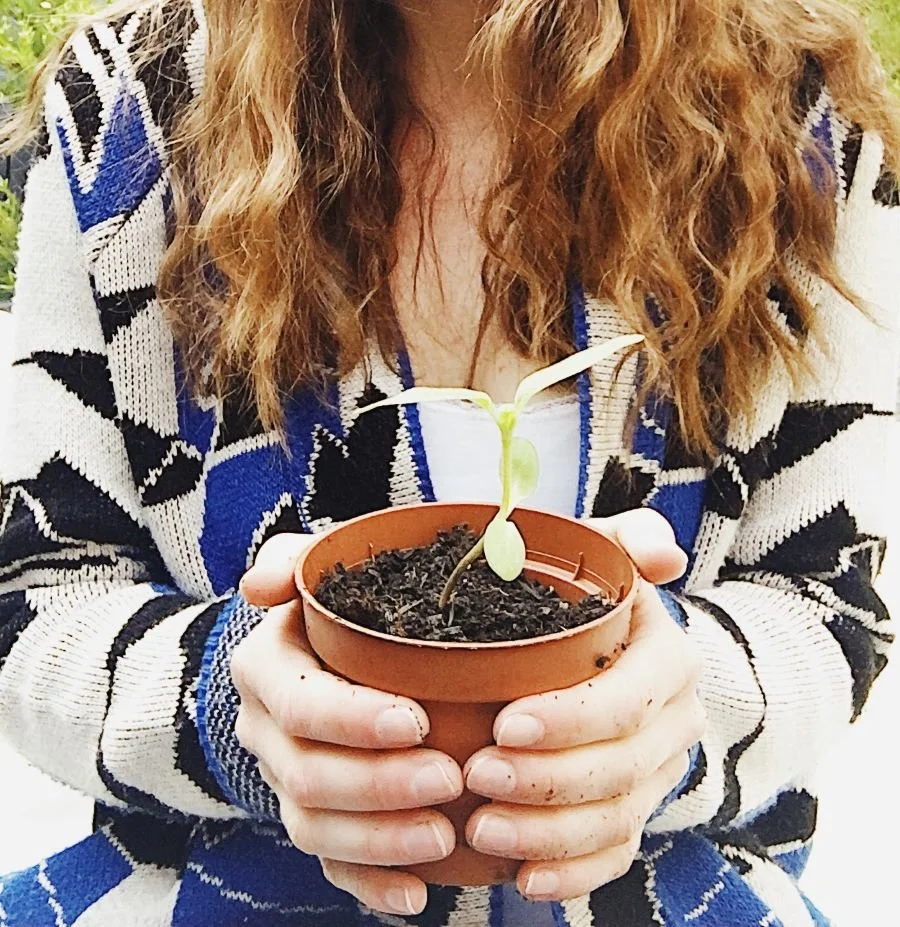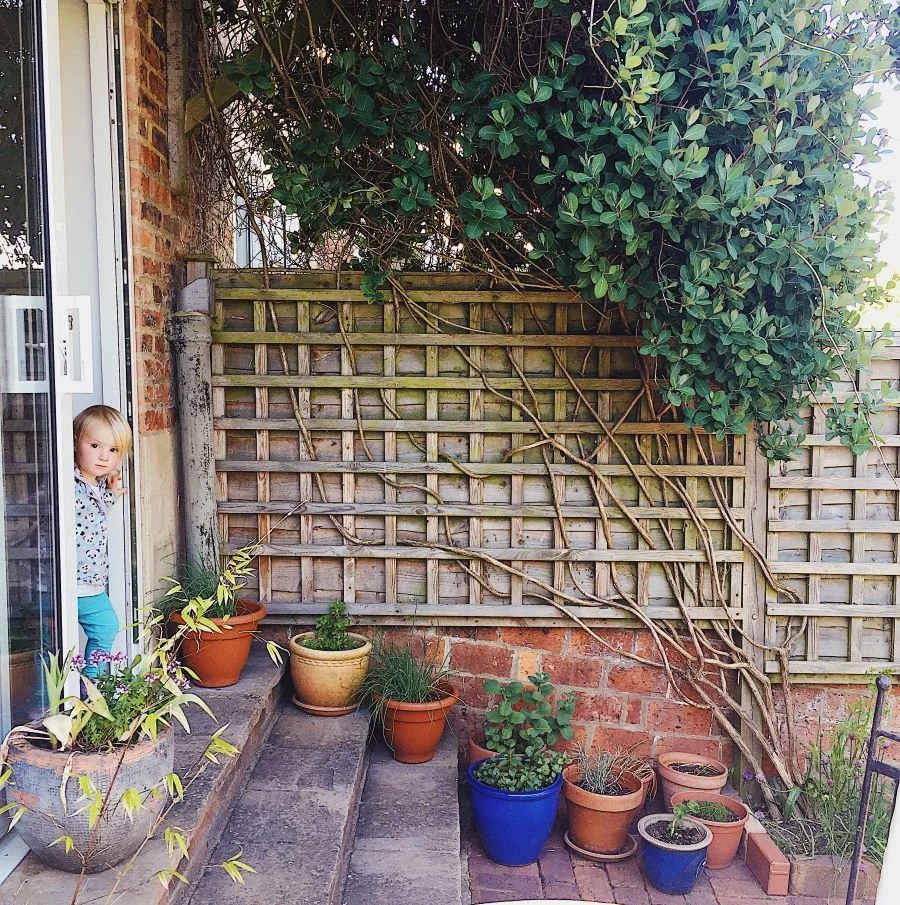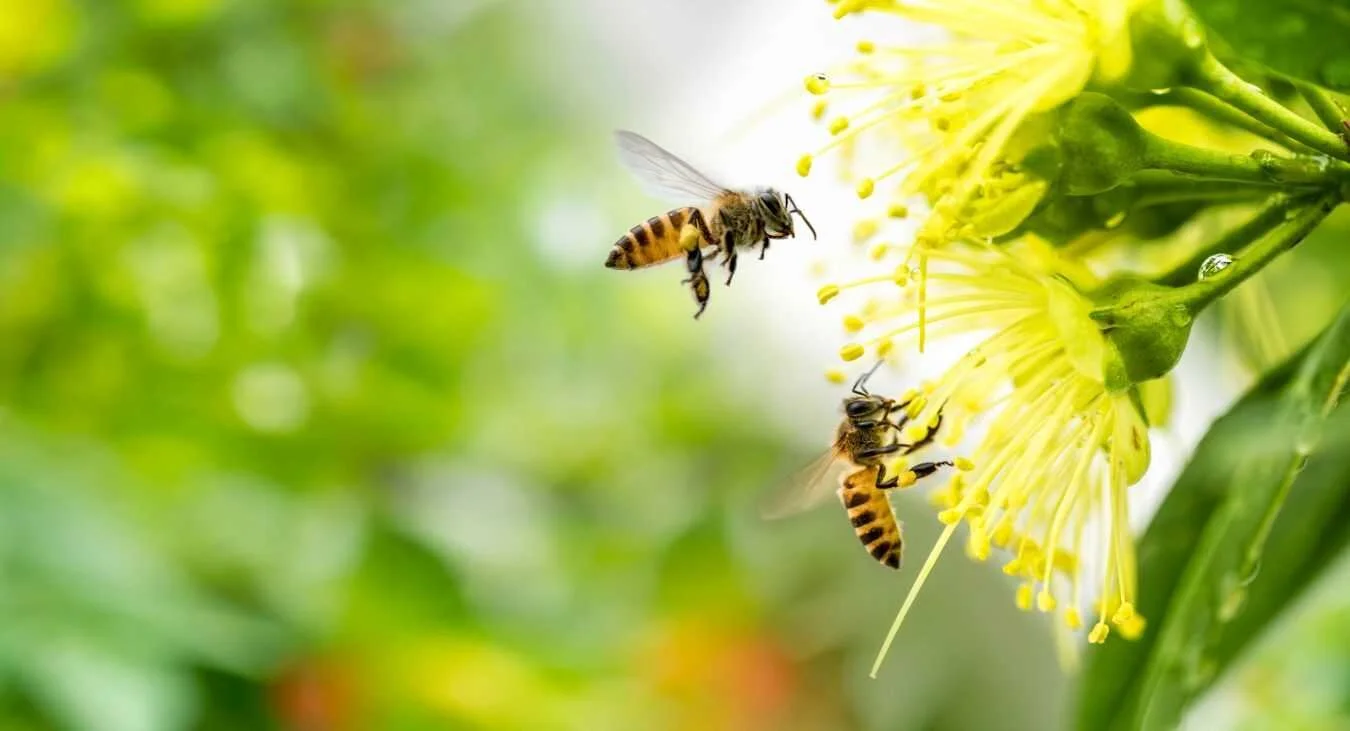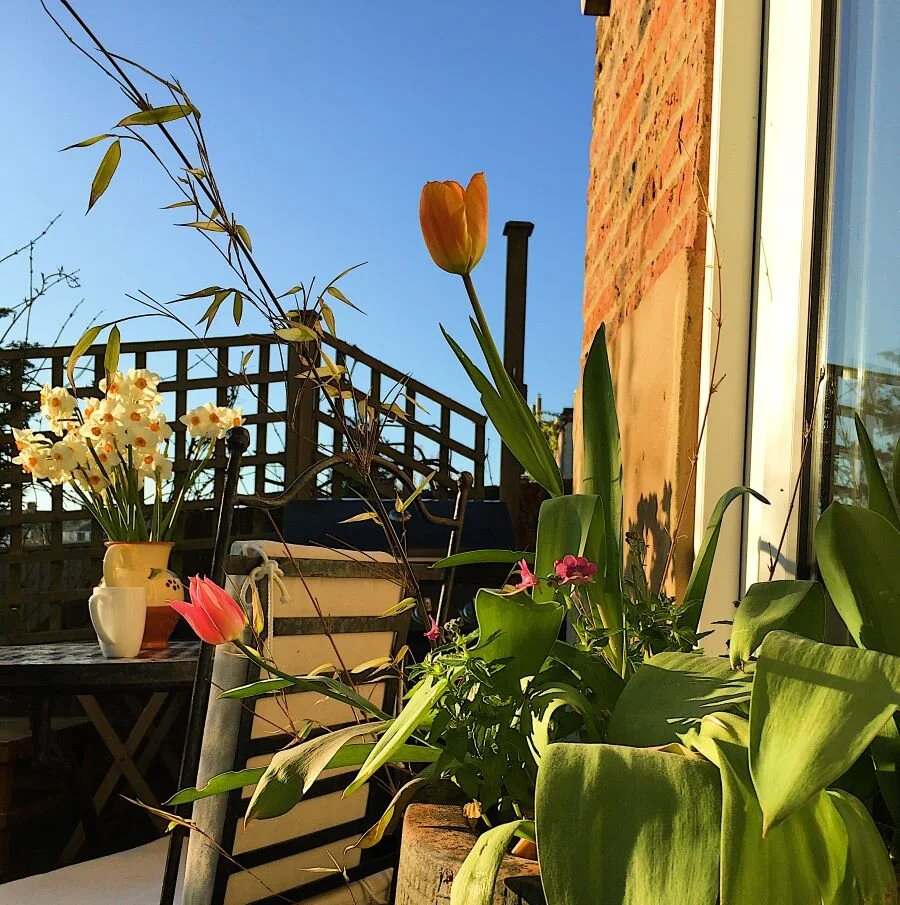Can I water less with no dig gardening? A UK guide to watering
There are many many benefits to practicing no dig on your allotment or garden. To me, one of the biggest benefits is that no dig gardening means my outdoor plants need little to NO watering. This will of course vary depending on your climate. If you live in a warmer climate with very long dry periods then you will need to water vegetable crops more, though no dig will still massively reduce the amount of watering you need to do.
Here in the UK where we usually have a wet climate, no dig means the ground holds water well, so even through periods of drought and hose pipe bans my garden and allotment survive perfectly well, even thriving with absolutely no watering. Let me explain how this is possible…
Understanding No Dig Allotments and why they need less water
No dig is a method of gardening in which we disturb the soil as little as possible, simply adding organic matter such as compost, manure, straw or wood chip on top of the soil to break down naturally, enriching it, increasing the biodiversity within in and allowing for healthy soil structure.
Read: “Is no-dig gardening worth it?”
The method helps to retain moisture within the soil in two ways.
1. Aerating the soil. When a healthy ecosystem within the soil is allowed to thrive because we haven’t disturbed it, bugs, worms, and microorganisms create pathways. This is what is meant by a good soil structure. This structure allows water to drain well through it, holding onto this moisture, and allowing water to penetrate deep into the soil.
2. Reduced evaporation. Applying mulches to the top of the soil helps prevent evaporation, locking the moisture in the soil. In warmer climates, this can be done with straw which has the added benefit of shading the soil and keeping it cooler as well as reducing evaporation.
Watering too much can create weaker plants
If you water your plants too often, especially when they are establishing your plant roots will stay shallow where the water is. This means they will always depend on your watering. Whereas if you water less the roots will grow deep looking for the water source, which in no dig gardening is stored deep in the soil. Deeper roots mean a stronger root system and a drought-proof plant that has access to water stored deep down if there is no rain.
If you find you are in a drought and your plants begin to struggle it is best to give them a good soak and leave them for a while again. Watering on judgment rather than habit.
Soaking to around 5 cm down will mean the roots will get a good drink and the soil will hold the water. It also means there will be less evaporation from the surface.
Watering in a greenhouse
You will of course need to water inside a greenhouse or poly tunnel. If your plants are in the ground in a greenhouse or polytunnel the little and often approach like outside should be avoided. Soak your greenhouse every 3-4 days. This is much better than daily watering.
Watering new plants
Bear in mind you will need to water new plants while they are establishing, especially small seedlings. I usually give my seedlings a good soaking, soaking the soil around 5 cm down when I first plant them out. I then do this again after 4 days and if it is very dry once more after another 4 days.
Identifying signs of moisture stress
While I discourage watering outdoor plants in no-dig soil, some vegetable plants on an allotment will start to struggle in prolonged periods of drought. This could lead to a smaller harvest. So, it is important in times of drought to monitor plants.
Signs of a plant that needs extra water:
Wilting: Leaves will become limp, droop or curl inward. However, bear in mind that plants may wilt during the hottest part of the day so asses when it’s cooler and look for other signs of moisture distress in conjunction with other signs.
Yellowing and browning: Yellowing or browning on leaves starting from the outside in could be a sign of lack of moisture.
Crispy leaves or leaf drop: These signs are more common with chronic moisture stress. The plant drops it’s leaves as a survival method.
If you notice any of these signs give the plant a good soak and they will bounce back quickly.
Watering too much can lead to disease.
Excessive water or overwatering can lead to various diseases in plants. When the soil is constantly saturated or waterlogged, it creates a favorable environment for the development and proliferation of certain plant pathogens.
While no-dig gardening helps with drainage, preventing plants from becoming waterlogged, it is another good reason not to water outdoor plants habitually or regularly.
Here are a few examples of diseases that can be triggered or exacerbated by excessive moisture:
Root Rot: Overwatering can cause roots to become waterlogged and deprived of oxygen, leading to root rot. This condition is commonly caused by fungal pathogens, such as Phytophthora and Pythium, which thrive in waterlogged soil. Affected plants may exhibit stunted growth, yellowing or browning of leaves, and eventual wilting.
Crown Rot: Crown rot affects the base of the plant's stem or the crown region. It is caused by fungi, including Rhizoctonia and Phytophthora species. Excessive moisture around the crown area encourages fungal growth and can result in plant wilting, yellowing, and decay.
Leaf Spot Diseases: Many leaf spot diseases, caused by various fungal and bacterial pathogens, are favored by prolonged leaf wetness. Overwatering or frequent foliage irrigation can create an environment conducive to the development and spread of these diseases. Symptoms include the appearance of small spots or lesions on leaves, which can expand and affect the overall health of the plant.
Powdery Mildew: Powdery mildew is a common fungal disease that thrives in humid conditions. Overwatering can increase humidity around plants and promote the growth of this fungal pathogen. Powdery mildew appears as a white, powdery coating on leaves, stems, and flowers, potentially leading to leaf distortion and premature leaf drop.
Watering techniques for less long-term watering
Practicing no-dig gardening and mulching once a year: Once just one application of mulch has broken down you will immediately see the benefits of no dig. But you will need to keep this up. Digging again will break up the soil structure, potentially compacting the soil loosing it’s ability to drain well.
Where you plant them: Plant vegetables away from large trees that will compete for moisture as well as nutrients.
Soak your plants: The little and often approach leads to weaker plants reliant on frequent watering where as if you soak the soil to around 5 cm down the roots will get a good drink and the soil will hold the water so you don’t have to water again for a while.
Plant selection and density
Being mindful of the plants you grow and the density in which you grow them can also effect how much water they may need.
Plant Selection: Choosing plants that are well-suited to your local climate and soil conditions can reduce water requirements. Native or drought-tolerant species are typically adapted to the environmental conditions of a particular region and can thrive with minimal water input once established.
Plant density: If you plant toi closely together plants will need to compete for moisture, and their root systems may not have enough space to adequately access water. At the same time spacing too far apart can also prove a problem. This may mean excess soil is exposed leading to evaporation. Finding a balance with plant density can ensure you need to water less.
Water the base not the foliage: Remember that it is the roots that need the water so soaking the ground around the base of the plant and letting the water soak the soil is a much more efficient way of water rather than spraying the foliage.
When to water
Try to water early in the day if possible. Watering at night leaves less time for the plant to dry out meaning the roots could be sat in water all night. This can lead to the roots rotting of developing disease.
However, do not worry about water in the bright sunshine. There is a commonly believed myth that plants will be scorched if they get water on them in the sun. If this were true it would happen every time we have a summer rain shower and does not seem to have any scientific proof behind it.
Crops that do need extra watering
Crops such a celeriac, potatoes, spinach, lettuce and other leafy greens may need a little extra water in dry periods as they do not have deep root systems. Crop such a cucumbers and melons have high water content so it is good to make sure these have adequate water, though in the UK they are most often grown in a greenhouse and will therefore need watering.
Are irrigation systems worth it in the UK for an allotment?
In the UK irrigation systems for an allotment or personal veg patch are not needed. They can make watering when needed easier but you are unable to control the amount of watering to each plant. This is why hand watering and monitoring plants while doing so is much more beneficial.
MORE ARTICLES FOR YOU TO DIVE INTO…
How to Deal with Horsetail in an Organic, No-dig Way
Starting a Zero Waste, Eco-friendly Allotment.
Cheap and Sustainable Gardening Landscaping.






























Growing garlic organically on a no dig allotment. The best and easiest way to grow garlic.